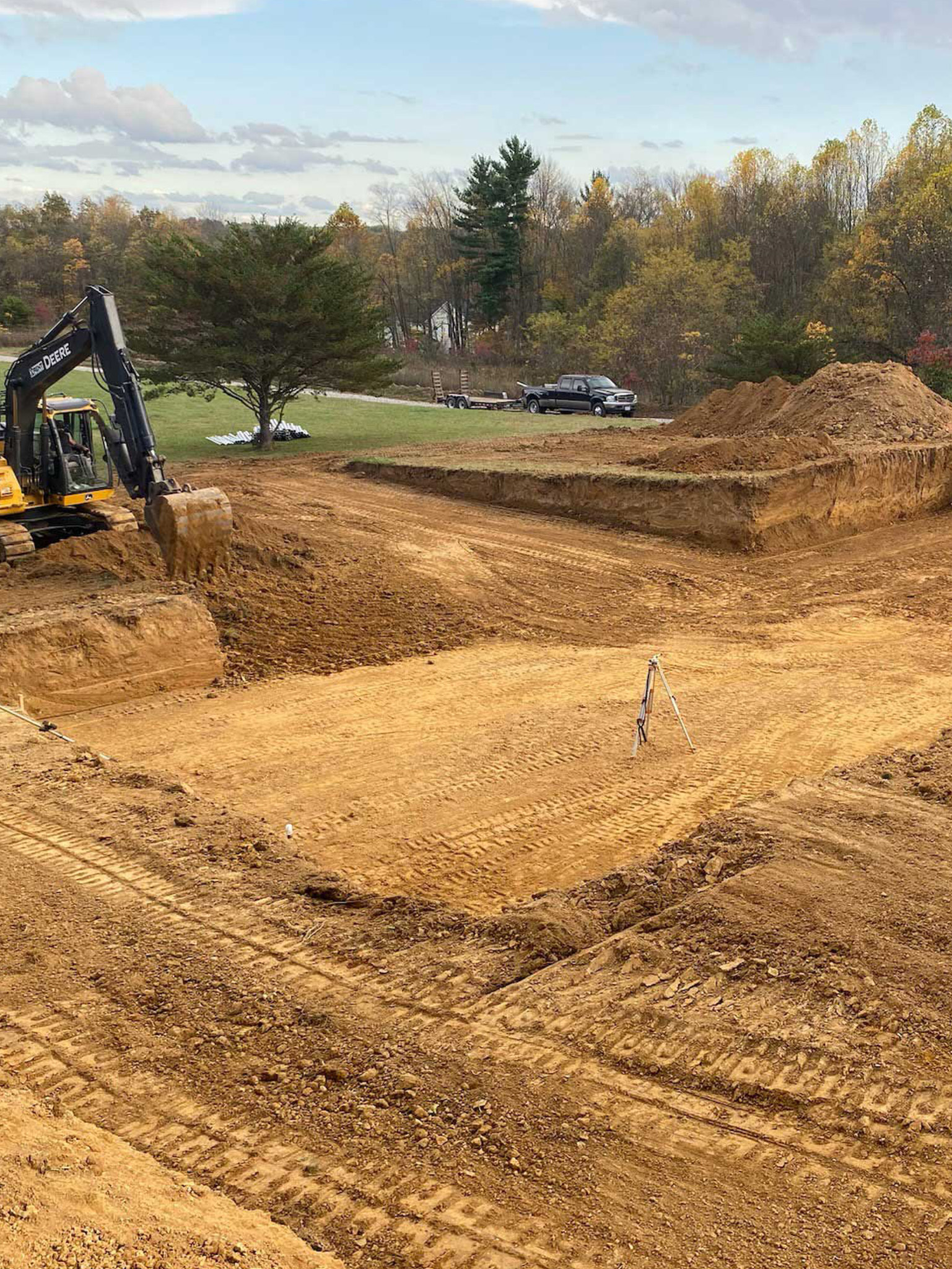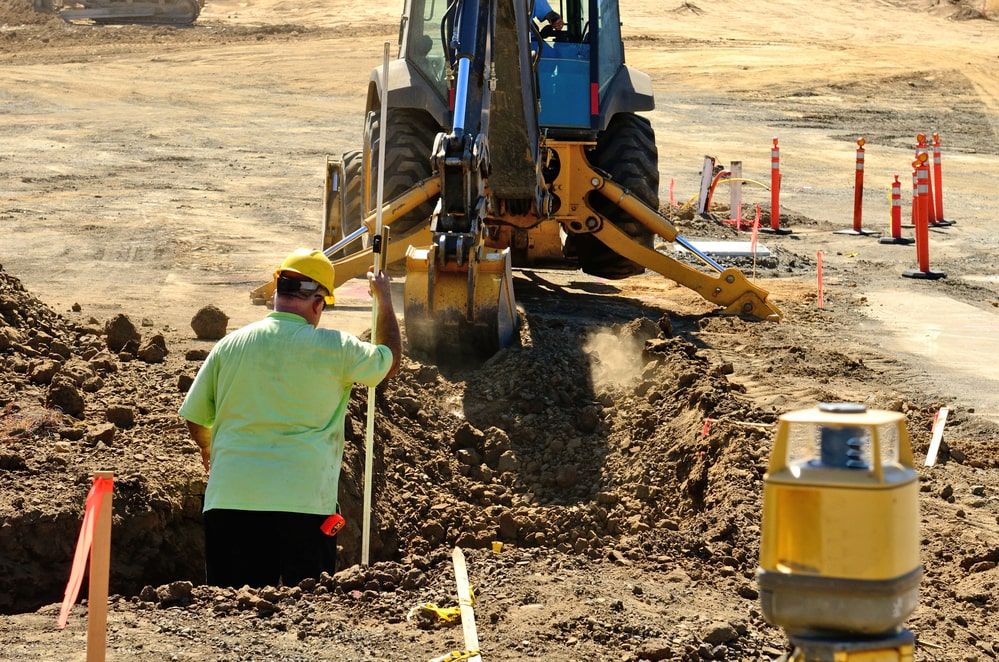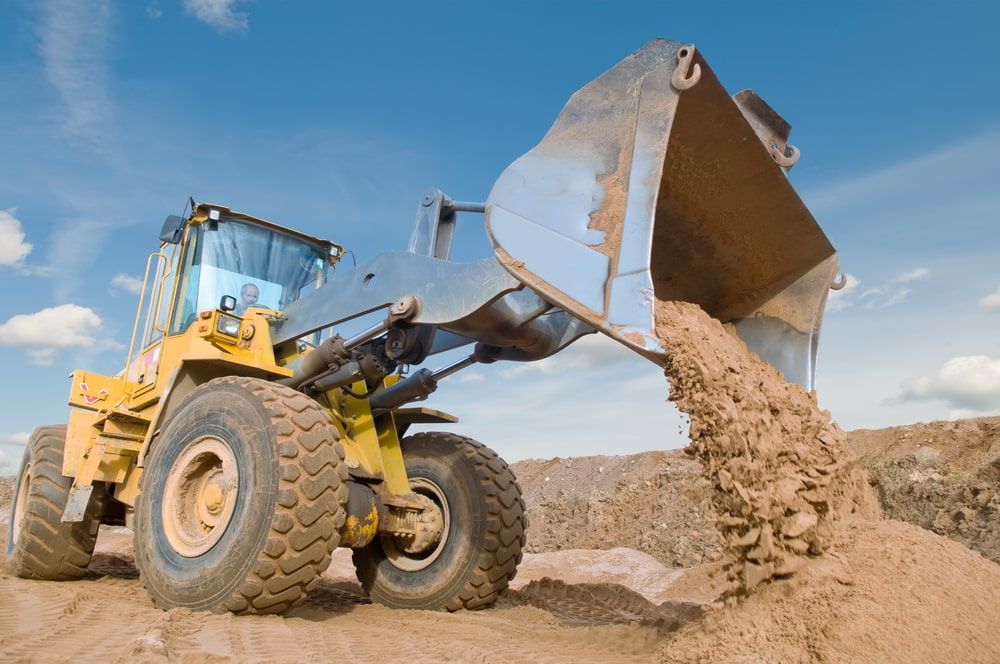Lancaster Excavation - Expert Excavation Providers in Lancaster, OH
Lancaster Excavation - Expert Excavation Providers in Lancaster, OH
Blog Article
Revealing the Art of Excavation: Pro Tips for Safe and Effective Excavating
As dirt is turned and planet is moved, the intricacies of excavation disclose themselves, demanding a keen understanding of tools, soil make-up, security methods, and environmental factors to consider. The competence needed to browse these components efficiently can mean the difference in between a successful excavation job and a potential catastrophe.
Relevance of Appropriate Tools
To guarantee the security and performance of any type of excavation job, making use of the proper equipment is paramount. The right devices not just enhance performance but additionally alleviate risks related to digging. Excavation projects vary in scope and intricacy, varying from small household landscape design work to massive building and construction endeavors. No matter the task size, having the right equipment can make a considerable distinction in the end result.
These versatile makers come in different sizes to suit different project demands. Small excavators are suitable for smaller sized jobs, while larger excavators tackle a lot more substantial tasks successfully.
Besides excavators, various other crucial devices consists of dump plates, trucks, and excavators. Discard trucks are crucial for eliminating and transferring excavated products, while trenchers are used for excavating narrow and deep trenches. Excavators master tasks that call for pushing big amounts of soil or debris. By spending in the appropriate devices, excavation projects can be completed securely, on time, and with accuracy.
Comprehending Dirt Composition
A thorough grasp of soil structure is basic for performing excavation tasks with precision and security. Recognizing the different kinds of dirt is vital as it straight impacts excavation techniques, devices option, and overall job performance. Dirt structure typically is composed of four primary parts: sand, silt, clay, and raw material. Each part has one-of-a-kind residential properties that influence exactly how soil reacts to excavation procedures.
Silt fragments are smaller than sand but bigger than clay, using modest drainage and communication. Organic matter, such as decomposing plant material, impacts soil fertility and security.
Before starting excavation, performing dirt examinations to identify its composition and qualities is important. This information aids in choosing the ideal equipment, carrying out security measures, and establishing excavation strategies customized to the certain soil problems - excavating ohio. By recognizing soil make-up, excavation experts can enhance job outcomes while making sure security and adherence to ideal practices
Precaution and Methods
Comprehending soil composition is the foundation upon which security actions and protocols for excavation jobs are built, making sure the health of workers and the success of the venture. When it comes to safety throughout excavation, there are numerous key procedures that must be carried out to mitigate dangers and protect against accidents.
Primarily, before any digging starts, a complete evaluation of the website should be carried out to recognize any type of potential hazards such as underground utilities, unpredictable dirt problems, or neighboring frameworks that could posture a danger. It is crucial to have a qualified individual manage the excavation procedure to guarantee that all security protocols are complied with strictly.
Moreover, all employees included in the excavation must be correctly educated in safe digging practices and the appropriate procedure of tools. By sticking to these safety procedures and protocols, excavation jobs can be completed efficiently and without event.
Reliable Excavation Planning
When starting an excavation job, meticulous preparation is important to ensure performance, safety and security, and successful outcomes. Effective excavation planning entails a number of crucial steps that are crucial for the smooth implementation of the project. The initial step is to carry out a explanation comprehensive website analysis to determine any type of prospective dangers, such as below ground energies or unsteady soil problems. This information is crucial for establishing an in-depth excavation plan that consists of precaution and risk mitigation approaches.
When the site analysis is total, the following action is to create a clear timeline and timetable for the excavation activities. This includes determining the sequence of jobs, devices requirements, and workforce allotment. Appropriate scheduling helps prevent delays and makes certain that the task remains on track.

Moreover, interaction amongst all staff member is paramount throughout the preparation phase. Clear regulations, routine updates, and reliable control are important for a successful excavation task. By spending effort and time in meticulous preparation, excavation teams can substantially boost performance, reduce dangers, and achieve successful outcomes.

Handling Ecological Factors To Consider
With enhancing emphasis on ecological sustainability in construction methods, taking care of environmental factors to consider has actually become a vital aspect of excavation jobs. Excavation tasks have the possible to affect the surrounding environment with soil erosion, sediment drainage, environment interruption, and contamination of water resources. To alleviate these dangers, it is vital to carry out ideal practices that focus on ecological defense.

Moreover, proper waste administration is essential to avoid dirt and water contamination. Executing treatments for the disposal of dangerous products, recycling of waste products, and reducing using damaging chemicals can significantly decrease the ecological impact of excavation projects. By incorporating these methods right into excavation preparation and execution, construction firms can ensure that their projects are not just safe and efficient but also eco liable.
Conclusion
To conclude, mastering the art of excavation needs an extensive understanding of appropriate devices, soil structure, precaution, and reliable planning. By adhering to these guidelines and taking into consideration ecological variables, excavations can be carried out securely and efficiently. It is important to prioritize safety and security and performance in informative post every digging job to make certain successful results.
As soil is transformed and earth is relocated, the complexities of excavation reveal themselves, demanding a keen understanding of tools, dirt structure, safety procedures, and ecological considerations.To ensure the safety and performance of any type of excavation project, making use of the appropriate tools is extremely important.A detailed understanding of dirt structure is essential for executing excavation jobs with accuracy and safety and security. Understanding the various kinds of dirt is critical as it directly affects excavation methods, devices selection, and overall task performance. By comprehending dirt make-up, excavation professionals can boost task results while making certain safety and security and adherence to ideal techniques.
Report this page